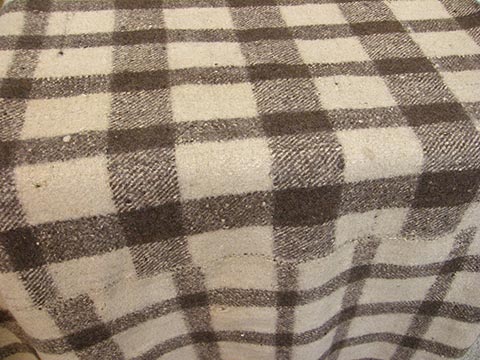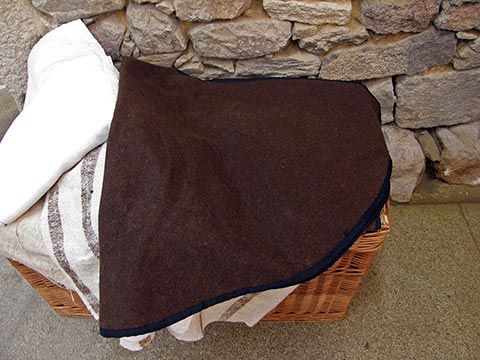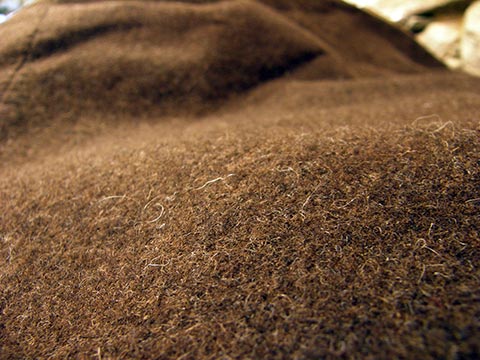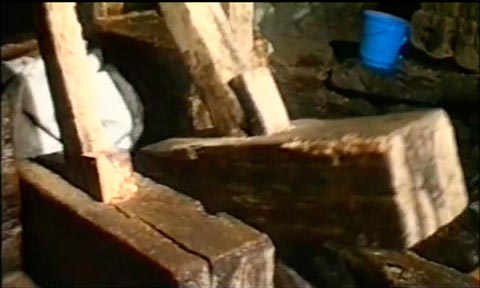Mosquetín tamped wool blankets almost exclusively, and occasionally work clothes or other garments used for the rain, such as capes or leggings. These type of fabrics received the generic name of xerga or burel.
The process of tamping could last more or less time depending on the quality of the wool. If it was good, of merino sheep, 28 hours were enough. If was of lesser quality, it could take up to 48 hours.







